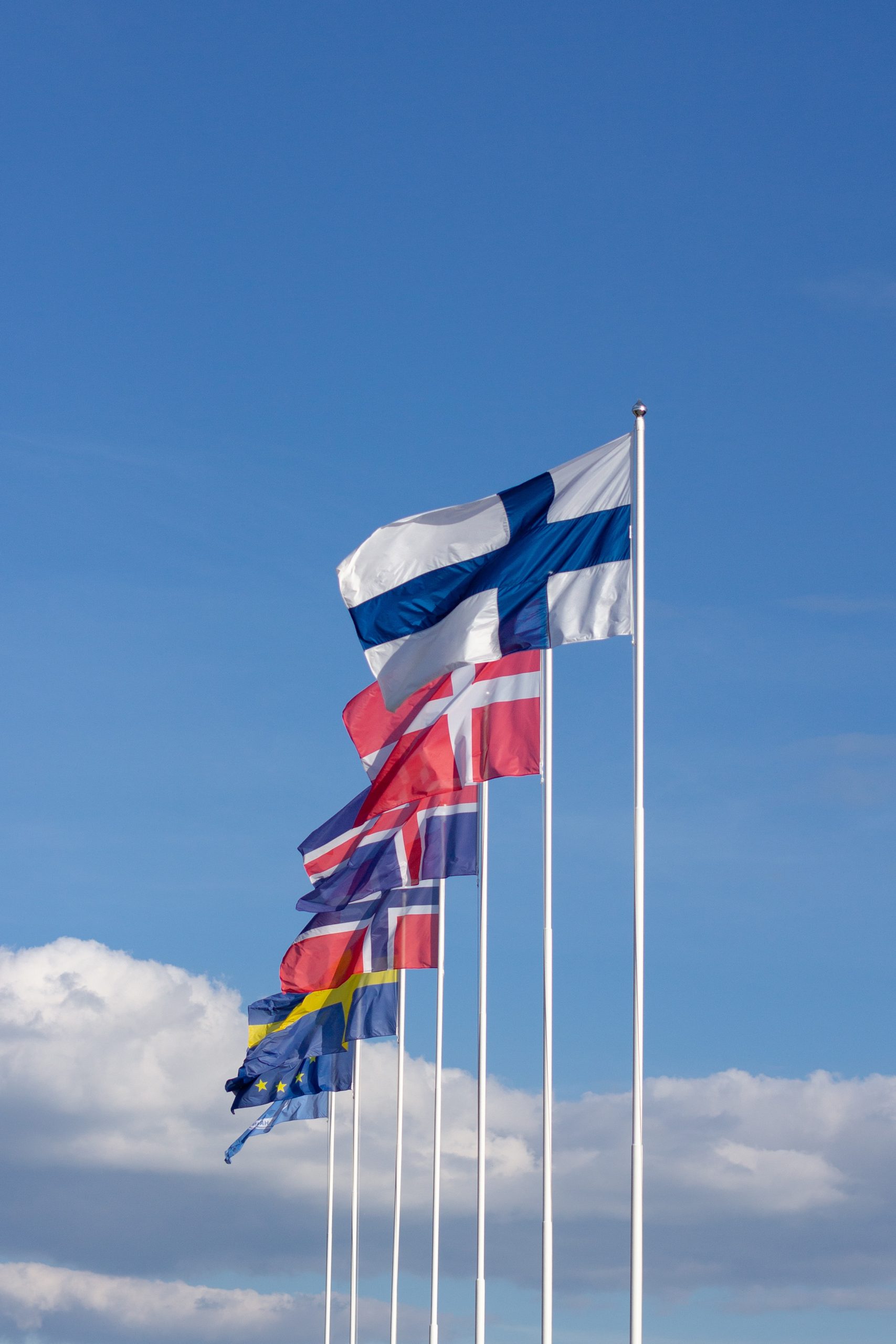The Scandinavian countries, comprising Norway, Sweden, Denmark, Finland, and Iceland, have consistently ranked among the top nations with the highest living standards in the world. The region boasts exceptional levels of social welfare, healthcare, education, and overall quality of life. This article sheds light on the reasons behind the impressive living standards observed in these countries, exploring the unique socio-economic, political, and cultural factors that contribute to their success.
1. Strong Social Welfare Systems

One of the key factors behind the high living standards in Scandinavian countries is their robust social welfare systems. These nations have prioritized social equality and the redistribution of wealth, aiming to provide citizens with essential services and support. Generous social welfare programs include universal healthcare, unemployment benefits, parental leave, affordable childcare, and elderly care, all of which significantly enhance the well-being of the population.
2. Progressive Taxation

Scandinavian countries practice progressive taxation, which means that higher-income individuals pay a larger percentage of their income in taxes. This revenue is then used to fund social welfare programs and public services. This system fosters greater income equality and reduces the wealth gap, ensuring that essential services are accessible to all citizens regardless of their socio-economic status.
3. Education and Lifelong Learning

Education is highly valued in Scandinavian countries, and they invest heavily in providing top-notch educational opportunities. Quality education is accessible from an early age through well-funded public schools and universities, with an emphasis on critical thinking and practical skills. Additionally, the promotion of lifelong learning and continuous professional development contributes to a highly skilled and adaptable workforce, leading to innovation and economic growth.
4. Gender Equality and Work-Life Balance

Scandinavian countries are at the forefront of gender equality. Women actively participate in the labor force and are well-represented in leadership positions. Policies such as generous parental leave, flexible work hours, and affordable childcare enable both parents to balance work and family life effectively. This fosters a more equitable distribution of responsibilities, resulting in higher female workforce participation and increased overall job satisfaction.
5. High Unionization Rates

Scandinavian countries have high rates of unionization, giving workers collective bargaining power to negotiate fair wages, benefits, and working conditions. Unions play a crucial role in representing workers’ interests and ensuring a balance between employer and employee rights. The result is a more equitable and stable labor market.
6. Investment in Research and Development

Scandinavian countries prioritize research and development (R&D), investing significantly in innovation and technology. Public and private sectors collaborate to foster a culture of entrepreneurship and technological advancement. This dedication to R&D results in cutting-edge industries and products, driving economic growth and improving the overall standard of living.
7. Trustworthy and Transparent Governance

The Scandinavian model is built on a foundation of transparent governance and low levels of corruption. Governments consistently rank high in global transparency indexes, fostering a trusting relationship between citizens and public institutions. This trust allows for effective policy implementation, allocation of resources, and public engagement, ultimately benefiting society as a whole.
8. Emphasis on Sustainable Practices

Scandinavian countries are pioneers in adopting sustainable practices and promoting environmentally friendly policies. They prioritize renewable energy sources, implement stringent environmental regulations, and encourage sustainable living. This commitment to environmental stewardship not only benefits the planet but also enhances the overall well-being of its citizens.
The high living standards in Scandinavian countries are the result of a carefully crafted social, economic, and political model that emphasizes equality, education, sustainability, and innovation. The combination of robust social welfare systems, progressive taxation, gender equality, and investment in education and R&D creates a virtuous cycle of well-being, economic growth, and social cohesion. As the world looks for successful models to address pressing global challenges, the Scandinavian model serves as an inspiration and a testament to the benefits of prioritizing the well-being of citizens.




Nicely covered.
We are glad you liked it!